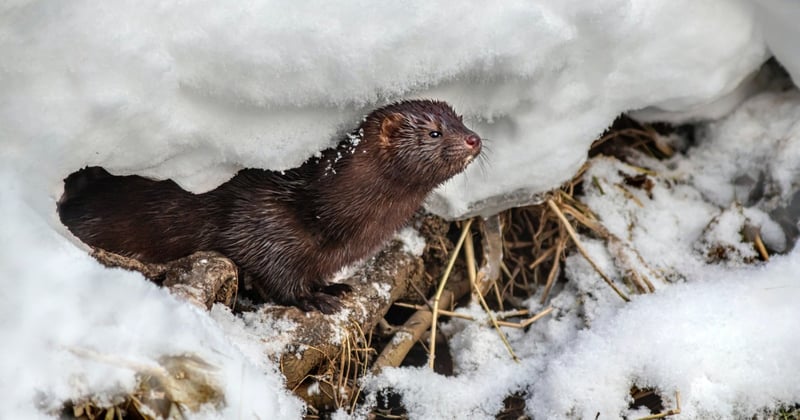
Latvia bans fur farming
News
Good news for wild animals farmed for their fur, Latvia has decided to adopt a fur farming ban.
Fur farming is already in sharp decline with the number of animals on Latvian fur farms decreasing drastically in the past five years alone: from 617,000 to 274,000.
Most animals farmed are mink, but hundreds of foxes and chinchillas are also bred annually in the Latvian fur industry.
While the ban isn’t due to come into force until 1 January 2028, it is part of a growing trend with 15 countries in the European Union (EU) adopting similar bans.
Ending fur farming. Forever
Thanks to your support, World Animal Protection has joined other organizations, in the European citizens' initiative Fur Free Europe, which was started by Eurogroup for Animals.
Fur Free Europe is a call to the EU to ban fur farming and trade in products from fur farming.
If it succeeds in getting one million signatures by May 17, 2023, the European Commission must take a position on the citizens' initiative. So far, over 350,000 people have signed.
Denmark lags behind
Sadly, the day before the Latvian fur farming ban was adopted, the Danish Government announced that mink breeding would resume in Denmark when the temporary ban expires at the end of 2022.
Esben Sloth, campaign manager at World Animal Protection Denmark, points out the absurdity of Denmark going in the opposite direction to Latvia:
"It is an industry that is deeply harmful to animals, nature and the climate, and which can still pose a potential risk to public health. It is completely unacceptable to revive it! It is a business that mistreats wild animals in small cages, solely for the purpose of producing fur.”
Denmark is out of step with the rest of Europe as Ireland, Bulgaria and Malta banned fur animal breeding earlier this year.
Together, we can end the exploitation of wild animals for their fur, feathers, and skins.
Together, we can end the exploitation of wild animals for their fur, feathers, and skins.